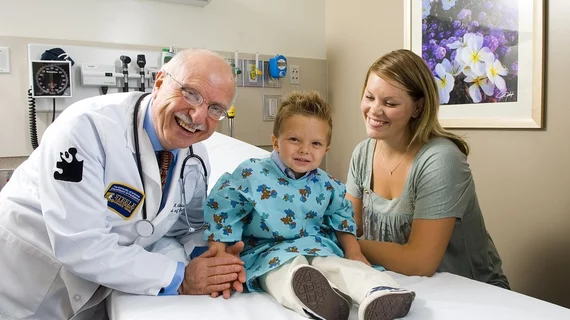FDA approves rivaroxaban for treating, preventing blood clots in pediatric patients
Rivaroxaban has been approved by the FDA as a treatment for venous thromboembolism (VTE) and thromboprophylaxis among pediatric patients.
The VTE indication is focused on patients under the age of 18 after at least five days of initial parenteral anticoagulant treatment. The thromboprophylaxis indication, meanwhile, is for children two years old and older with congenital heart disease who have undergone the Fontan procedure.
Rivaroxaban, which is manufactured by Janssen and sold under the name Xarelto, is the only direct oral anticoagulant approved for these two indications.
“Today's FDA approval marks two new Xarelto indications for pediatric patients, an often underrecognized, but especially important patient population,” James List, MD, PhD, global therapeutic area head of Cardiovascular, Metabolism, & Retina for Janssen Research & Development, said in a prepared statement. “At Janssen, we are committed to addressing unmet medical needs, and the approval of the 10th and 11th indications for Xarelto underscores its capability in reducing the risk of blood clots and cardiovascular events in patients from young to old and with a variety of conditions.”
“When a child is experiencing health challenges, learning that they are also at risk for a blood clot can feel overwhelming for the patient, and also their parents or caregivers,” added Andrea Baer, MS, executive director of the Mended Hearts, a patient advocacy organization. “Knowing that there is now an FDA-approved oral treatment option to reduce the risk of blood clots that's easy and may be more comfortable than injections to administer may help ease that burden.”

